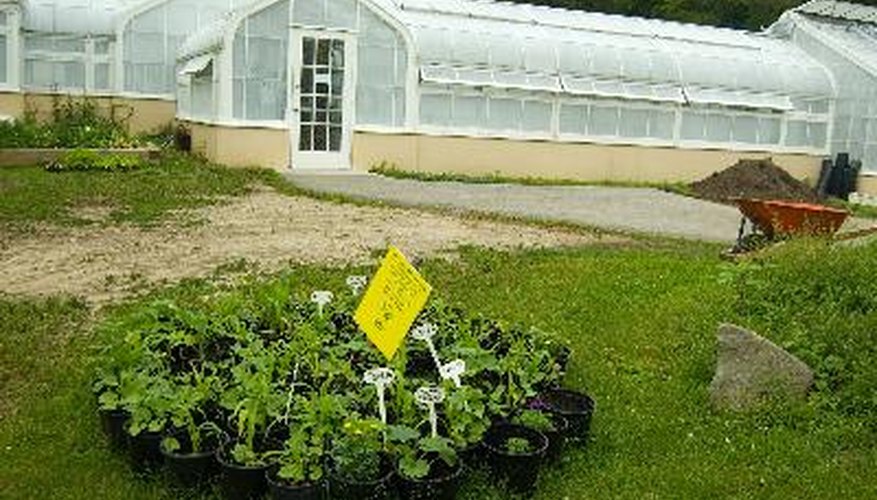The winter months can be a challenge for the tomato grower as far as light and temperature are concerned. In many parts of the UK, the sun is not bright enough in winter to aid in heating the greenhouse or forcing the plant to bloom. Outside temperatures are not warm enough to keep the greenhouse warm without supplemental heat. Because of the increased cost of light and heat, it is not recommended to grow and harvest tomatoes in a greenhouse from December 15 to February 15.
Nighttime temperature
In the autumn, tomatoes require nighttime temperatures of 18.3 to 21.1 degrees Celsius (65 to 70 degrees Fahrenheit). Spring nighttime temperatures need to be 16.7 to18.3 degrees Celsius (62 to 65 degrees Fahrenheit). Maintaining a temperature of 16.7 degrees Celsius (62 degrees Fahrenheit) at night is critical during pollination. Lower temperatures will prevent the tomato plant from pollinating and forming fruit. If keeping nighttime temperatures at an optimum level is a problem, you can apply a chemical growth regulator to start fruit development on the tomato plant.
- In the autumn, tomatoes require nighttime temperatures of 18.3 to 21.1 degrees Celsius (65 to 70 degrees Fahrenheit).
Highest daytime temperature
When growing tomatoes in a greenhouse, daytime temperatures in the summer can be a problem, but temperatures cannot exceed 35 degrees Celsius (95 degrees Fahrenheit). If they do, you'll need to open the doors and ventilate to reduce the temperature. Another way of reducing the inside temps of the greenhouse is by applying a shade cloth, which covers the outside of the greenhouse and creates a shady environment.
Best growing temperature
The best daytime growing temperature for greenhouse tomatoes is 29.4 degrees Celsius (85 degrees Fahrenheit), because it facilitates the plant growing and fruiting properly.
Temperature-induced problems
Many tomato plant problems are caused by improper greenhouse temperatures. The problems from temperatures being too cold include slow leaf growth and reduced leaf size. Both problems can affect plants' ability to make food via photosynthesis. Temperatures that are too hot can cause the plant to drop blooms and fruit and retard plant vigour and growth.
- Many tomato plant problems are caused by improper greenhouse temperatures.
- Both problems can affect plants' ability to make food via photosynthesis.
Other factors
The humidity level in a greenhouse is another important factor when it comes to tomato production. A greenhouse with a humidity level higher than 70 per cent will have tomato plants that are not producing fruit. High humidity causes the pollen to become damp and sticky, preventing it from properly transferring from the anthers to the stigma. This reduction in pollen transfer will reduce fruit production.
- The humidity level in a greenhouse is another important factor when it comes to tomato production.
- A greenhouse with a humidity level higher than 70 per cent will have tomato plants that are not producing fruit.
